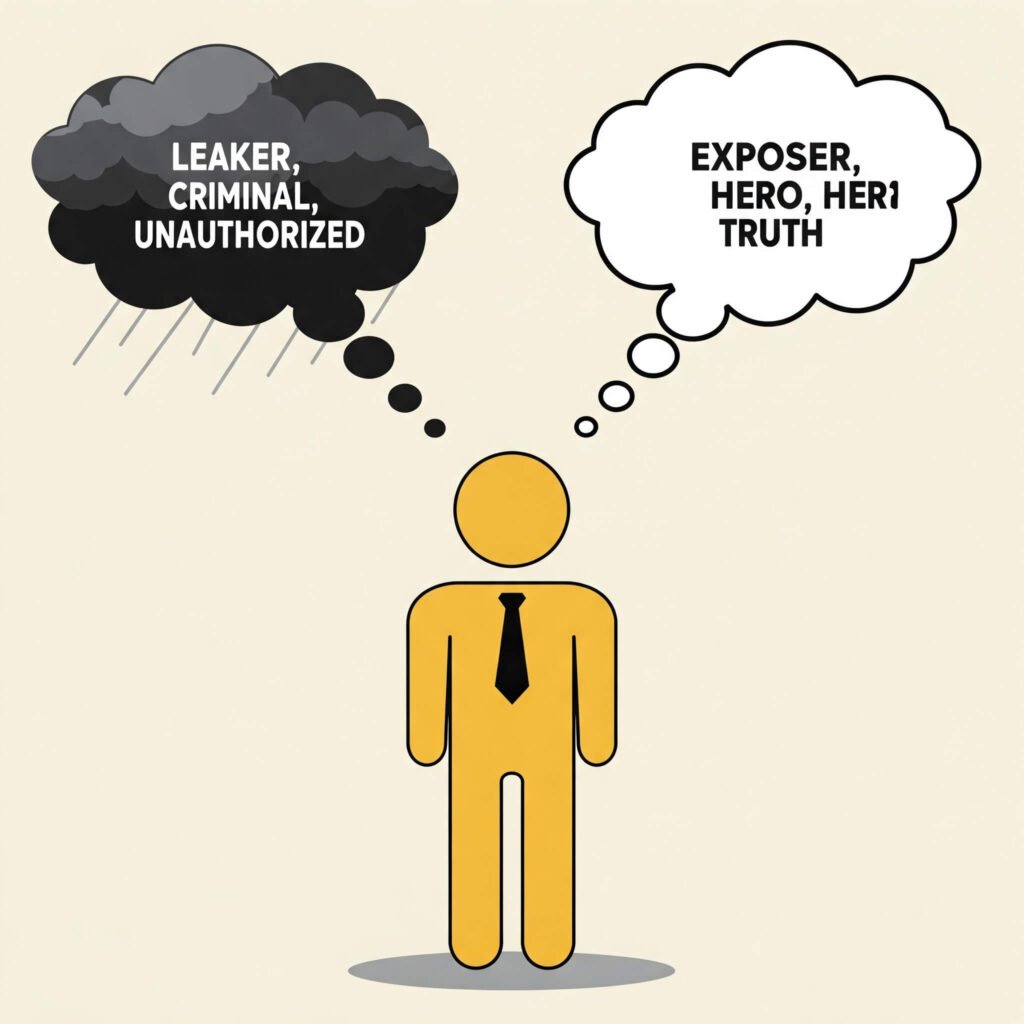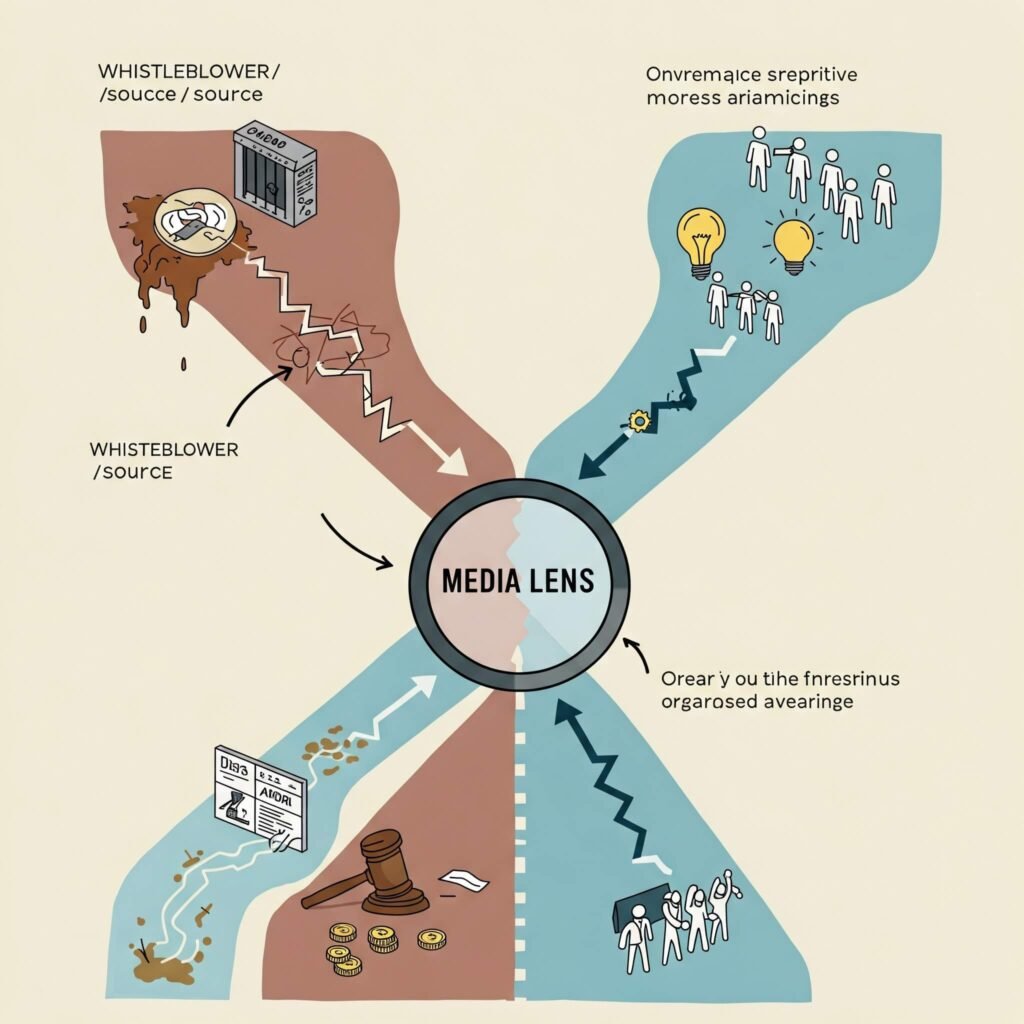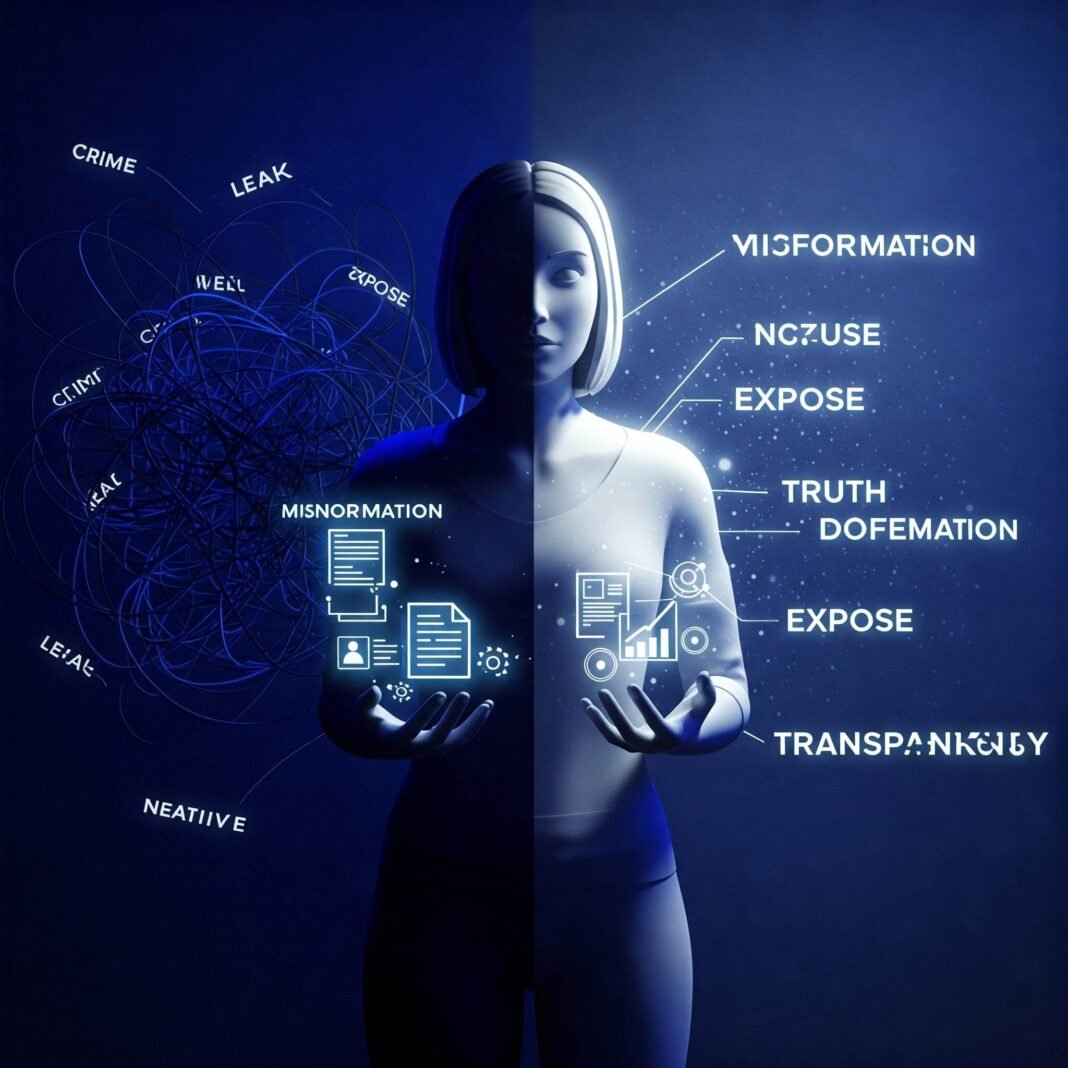Have you noticed how news outlets describe people who reveal sensitive information? Sometimes they call them “whistleblowers,” heroes exposing wrongdoing. Other times, they label them “leakers,” painting them as reckless or even traitorous figures. This isn’t just semantics. The language used significantly impacts how media frames whistleblowers. It shapes how the public sees them and the information they share.
We live in an era saturated with information. Understanding the subtle yet powerful ways media shapes narratives is crucial. This is especially true for figures who challenge powerful institutions. Let’s explore the critical difference between “leaked” and “exposed.” We’ll uncover how this framing influences our understanding of transparency, accountability, and the individuals behind the revelations.
How Media Frames Whistleblowers: The “Leaked” vs. “Exposed” Divide
The core difference between “leaked” and “exposed” lies in connotation and perceived legitimacy.
- Leaked: This term often implies information released without authorization. It can seem haphazard or even have malicious intent. It suggests a security breach or lack of control. It might blame the method of release more than the content.
- Exposed: This term suggests bringing hidden truths to light. It means revealing wrongdoing, corruption, or significant issues deliberately kept secret. It carries a more positive meaning. It focuses on the public benefit the information provides.
When media outlets choose one word over the other, they subtly guide the audience’s emotional and intellectual response. Using “leaked” can make the source appear irresponsible or criminal. Using “exposed” tends to portray them as brave truth-tellers. This initial linguistic choice is a primary tool in how media frames whistleblowers.

Why This Framing Matters: Impact on Perception and Justice
The way media frames information – as a “leak” or an “exposure” – has profound consequences.
- Public Perception: It directly influences whether the public sees the individual as a public servant working for the greater good or a rogue agent breaking the law. This affects whether the public demands action based on the information or dismisses it because they question the source’s legitimacy. Understanding how media frames whistleblowers is key here.
- Legal and Political Outcomes: Framing can influence official investigations, legal actions against the whistleblower, and political responses. If information is a “leak,” authorities might focus on prosecuting the source under espionage or security laws. If it’s an “exposure,” there might be more pressure to investigate the entities or individuals revealed to have acted wrongly.
- Whistleblower Safety and Support: Negative framing (“leaker,” “traitor”) can isolate the individual. It can erode potential support. It might even put them in physical danger. Positive framing (“whistleblower,” “hero”) can mobilize public support. It contributes to movements demanding their protection.
Case Studies: Whistleblowers and Media Framing in Action
Looking at real-world examples shows just how media frames whistleblowers and the lasting impact of that framing.
- Edward Snowden: He revealed classified NSA documents in 2013. These documents detailed global surveillance programs. Much mainstream U.S. media initially framed his actions as a “leak” of classified information. They often used terms like “fugitive” or “traitor.” Some outlets highlighted the ‘exposure’ of mass surveillance. However, the dominant narrative in many powerful news sources emphasized the security issues from the “leak.” It focused less on the transparency achieved by the “exposure.” [Outbound Link: You could link to an analysis of media coverage of Snowden, e.g., from a media watchdog or academic study.]
- Chelsea Manning: She provided many documents to WikiLeaks in 2010. These included the “Collateral Murder” video. Authorities prosecuted Manning under the Espionage Act. Media narratives often focused on the size of the “leak” and potential harm to national security or diplomatic relations. The framing often highlighted the act of releasing the documents. It paid less attention to the content, which “exposed” aspects of the Iraq and Afghanistan wars and diplomatic activities.
These high-profile cases show that framing choices are not accidental. They are powerful tools media outlets use. They sometimes reflect political agendas, government pressure, or journalistic decisions about how to tell the story.
The Role of Media Bias in Framing Whistleblowers
Understanding how media frames whistleblowers means acknowledging potential bias. Media outlets do not simply pass information along neutrally. Owners, advertisers, political leanings, and deadlines all influence editorial decisions. This includes the language they use to describe sensitive sources.
- Political Alignment: Outlets supporting the government might use “leaked” framing. This supports official narratives and condemns unauthorized disclosures. Outlets more critical of the government might prefer “exposed.” They use this to highlight potential wrongdoing.
- Corporate Interests: Media owned by large corporations might hesitate to praise whistleblowers who expose corporate problems. They might prefer language that downplays the “leak’s” severity or questions the source’s reasons.
- Access Journalism: Relying on official sources can also lead to framing that supports the perspective of powerful institutions being “leaked” from or “exposed.”

Recognizing Bias: Tips for Critical Media Consumption
As a reader, viewer, or listener, you have the power to look beyond the surface framing. You can critically assess the information presented about whistleblowers. Here’s how media frames whistleblowers and how you can spot the signs:
- Analyze the Language: Look closely at the specific words used. How do they describe the source (“leaker,” “informant,” “whistleblower,” “former employee,” “activist”)? How do they describe the information (“leak,” “exposure,” “unauthorized disclosure,” “revelation”)? What feelings or ideas do these words suggest?
- Consider the Source: Who owns the media outlet? What are their known political views? How have they reported on similar issues or the specific institutions before?
- Look for Context: Does the report only focus on the act of releasing information? Or does it discuss the content of the information and what it means? Do they discuss the potential public benefit alongside potential harms?
- Seek Multiple Perspectives: Don’t just use one news source. Read reports from different outlets with varied viewpoints. Consider international coverage; it may offer different framing.
- Question Motivations: Media might guess the whistleblower’s motives (often negatively if they use ‘leaker’). Also, think about the media outlet’s potential reasons for choosing a specific frame.

Beyond the Headlines: The Real Impact on Whistleblowers
Whistleblowers often pay a heavy price for their actions. This is true regardless of how the media frames them. They can face:
- Legal Prosecution: Many face serious criminal charges and long prison sentences.
- Career Destruction: Losing their jobs is almost certain. Finding future work in their field becomes incredibly hard.
- Reputational Damage: Negative media framing can permanently harm their name. It can socially isolate them.
- Personal Hardship: Financial problems, stress on family, and threats to their safety are common.
Understanding how media frames whistleblowers is not just an academic topic. It shows the power of stories in shaping public discussion. This matters for crucial issues like government accountability, corporate ethics, and the public’s right to know.
Conclusion:
Next time you read about a big release of information, stop and think about the words used. Is the source presented as a “leaker” or someone who “exposed” wrongdoing? Recognizing how media frames whistleblowers helps you read critically. You can question narratives. You can form your own informed opinion about the information, its source, and its importance. By demanding nuanced and fair reporting, we help create a media landscape that better supports transparency and accountability.




